$1275
5 Stars
With NZ Music Month just around the corner, here’s a locally-designed tonearm that makes you proud to be a Kiwi.
NOTHING MAKES THIS reviewer’s heart swell with pride more than seeing good old Kiwi folk coming up with world-class designs and products and then getting the attention and acclaim they deserve. (If this sounds condescending, well, it isn’t – we New Zealanders can be a self-effacing bunch, so it’s heartening when some of us get up and say “Bugger it! I can do that”.) This of course happens across the board, but naturally it’s of particular interest to us here at Witchdoctor when it occurs in the audio industry.
I already use a New Zealand-built tonearm in my system (the ‘Apparition 12’ from Analog Instruments based here in Auckland) of which I am particularly fond, so I jumped at the chance of reviewing the Wand Plus, made in Dunedin, New Zealand by Design Build Listen Ltd. The man behind the Wand tonearm – and the company of which he is principal – is Simon Brown, who has around 30 years of engineering and design behind him, not to mention around 20 years of building DIY audio. Simon has been a product designer and chief engineer for Fisher and Paykel, and even designed lawnmowers in the United Kingdom. Interested in audio since the 1980s, he has built most of his own stereo and designed his own turntable.
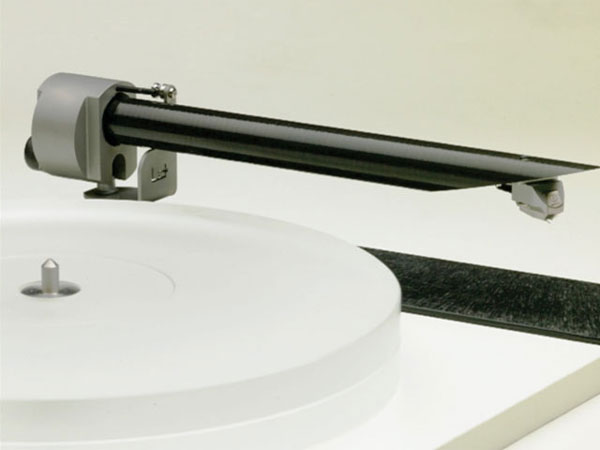 Design Build Listen was started to supply the DIY audio community with kitset parts and components, designed with the aid of computer and laser technology. Most notable are the ezChassis range of amplifier chassis, which feature pre-punched panels and a range of sizes and applications to make life as easy as possible for clever DIY enthusiasts. However, I’m told the company will slowly be putting all focus on producing tonearms.
Design Build Listen was started to supply the DIY audio community with kitset parts and components, designed with the aid of computer and laser technology. Most notable are the ezChassis range of amplifier chassis, which feature pre-punched panels and a range of sizes and applications to make life as easy as possible for clever DIY enthusiasts. However, I’m told the company will slowly be putting all focus on producing tonearms.
The Arm – Design Build Features… And Set Up
The large-diameter carbon fibre Wand is the result of many hundreds of hours of computer-aided design modelling, as well as much time spent listening to various alternative materials. The “Plus” is the upgraded version of the original – and very well received – Wand tonearm (The Wand Classic) and now features a damped arm-lift, a 10mm machined spindle, a 6mm machined aluminium arm rest, internal tube damping, stainless steel hex screws and an arm-tip hole (great for easy cuing). This version is intended specifically for dealers, whereas the lower-specced version is still available from the Design Build Listen website. Both the Wand Plus and the Wand Classic are available in 9 and 12-inch versions – the 9-inch is reviewed here. The Wand Plus comes with a Rega arm mount, and mounts are available for other turntables such as SME, Lenco and Technics. A Linn LP12 kit is also available, which includes a plate to “cover ‘excess’ armboard holes and an offset to go in the ‘shorter’ arm hole (211mm rather than 222mm centres).”
Perhaps the most prominent thing about the Wand is that unusual looking (but indisputably cool) 22mm diameter, 9-inch long carbon fibre arm-tube, which is cut off at a sharp angle, thus effectively negating the need for a traditional head shell; the cartridge bolts straight to the arm via a fixed metal “block”, and the cartridge angle is fixed but overhang is adjustable. The 22mm carbon fibre Wand is said to be four times stiffer than an arm of more conventional diameter and has internal damping to reduce – or hopefully eliminate – arm vibrations. The Wand Plus is ready fitted with Cardas tonearm cable, terminated at the cartridge end and exiting out of the top of the tube just in front of the arm weight where it is soldered to RCA sockets, enabling users to utilise their favourite RCA cables. The RCA sockets are usually mounted, along with the earth wire, underneath on the arm pillar, but can be placed anywhere convenient.
Anti-skate is dealt with via the old thread and weight method and the arm comes supplied with four balancing plates which you fit according to the weight of your cartridge and the desired tracking force (a calculation table and balance scale are provided to do this). Fine balancing for the tracking force is done by adjusting the large bolt which is fitted into the rear, over the balancing plates and into the main weight. The 9-inch Wand Plus weighs 0.5kg and has a medium effective mass (12.7g) which is suitable for most cartridges, and the stylus to pivot is 240mm, so you’ll need to make sure the arm will fit your turntable, though 240mm is a fairly standard size.
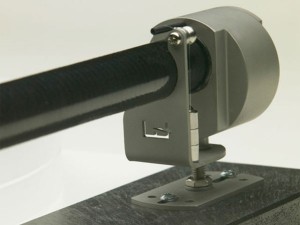 The Wand is a unipivot design tonearm, as opposed to the more common “ball race” gimbal type, which means it sits at the pivot point on a spindle (with the bearing tip) via – in this case, but often with a point and cup arrangement – three stainless ball bearings fitted inside the arm tube. Simon says his bearing is a “defined contact” bearing, which in engineering terms is known as a “Kinematic support”, where it is always in contact in three places, much like a tripod, and is thus perfectly supported at all times and in fact more stable than the more standard unipivot design. “I have it arranged so the forces down the arm always keep it bedded in the same place.”
The Wand is a unipivot design tonearm, as opposed to the more common “ball race” gimbal type, which means it sits at the pivot point on a spindle (with the bearing tip) via – in this case, but often with a point and cup arrangement – three stainless ball bearings fitted inside the arm tube. Simon says his bearing is a “defined contact” bearing, which in engineering terms is known as a “Kinematic support”, where it is always in contact in three places, much like a tripod, and is thus perfectly supported at all times and in fact more stable than the more standard unipivot design. “I have it arranged so the forces down the arm always keep it bedded in the same place.”
One benefit of the unipivot, apart from being more economical and simple to produce, is that it greatly reduces friction (here Simon concedes that his method does have more friction than traditional unipivots) and more importantly reduces unwanted vibrations caused by the mechanisms of the turntable transmitted into the tonearm, thus allowing the cartridge to follow the record grooves, and potential undulations, unhindered. The seeming fragility and unstable look and feel of some unipivots can put some people off (especially with the thought of their expensive cartridge hanging off the end) but when properly set up they are perfectly safe and ultimately highly rewarding.
While I’m sure most retailers would be happy to mount the Wand Plus for you, the DIY aspect of this arm is quite appealing, and all the tools and guidance you may need are provided in order for you to do it yourself. Along with the usual Allen or Hex keys and screws, a very clever tool is included. This is a laser-cut multi-tool which deals with most aspects of set up, from drilling and mounting to setting up the arm height, setting cartridge azimuth and overhang, and it also features a standard Baerwald alignment protractor (“with consideration given to real world inner groove dimensions”) for aligning the cartridge.
When setting up a tonearm and cartridge, I believe it is worth double checking and getting a second opinion, because being out by even a couple of millimetres can make all the difference to the sound quality. For this I recommend vinylengine.com, where you will find invaluable calculation tables and information. Take your time and remain patient – unipivots in particular can be quite fiddly tonearms to set up properly, but once it is done I promise you’ll be justly rewarded.
I have to come clean now and tell you that the arm was already set up for me by those clever and uncommonly handsome boys at Turned On Audio of Onehunga, Auckland. They mounted the Wand Plus to a venerable Michell GyroDec (with the acrylic plinth) and fitted it with a Goldring 1009 moving magnet cartridge. I must admit that at first I was a little wary of a unipivot tonearm being mounted to a suspended deck turntable like the Gyro, but actually it worked famously.
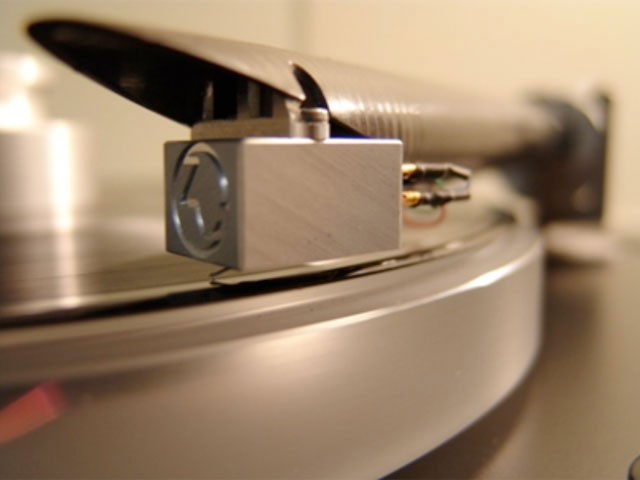 The Wand Plus is a beautiful looking tonearm when seen in person (photos just don’t do it justice). I love the big beefy arm tube and the stainless steel parts, most of which are non-magnetic, and they have a nice sand-blasted matt style finish which contrasts nicely with the black carbon fibre and the pointed end, sans head shell, just looks cool and contemporary. Also, there is no chrome plating or lead (the Mundorf solder is lead free) giving a fairly “green” product (the packaging is made from “potato starch”, not the usual polystyrene) and all parts are made right here in New Zealand, except of course for the Cardas wire. It’s a wonderful package – the arm comes in a wooden, wine bottle type box with slide-off lid, emblazoned with the Wand logo – with clear, easy to follow instructions and of course, that handy multi-tool (a wee tube of grease for the bearing is also conveniently included).
The Wand Plus is a beautiful looking tonearm when seen in person (photos just don’t do it justice). I love the big beefy arm tube and the stainless steel parts, most of which are non-magnetic, and they have a nice sand-blasted matt style finish which contrasts nicely with the black carbon fibre and the pointed end, sans head shell, just looks cool and contemporary. Also, there is no chrome plating or lead (the Mundorf solder is lead free) giving a fairly “green” product (the packaging is made from “potato starch”, not the usual polystyrene) and all parts are made right here in New Zealand, except of course for the Cardas wire. It’s a wonderful package – the arm comes in a wooden, wine bottle type box with slide-off lid, emblazoned with the Wand logo – with clear, easy to follow instructions and of course, that handy multi-tool (a wee tube of grease for the bearing is also conveniently included).
Naturally, the only question now is… How does it sound?
The Sound
The Wand Plus, fitted with the budget Goldring 1009 MM, was installed into my system using, alternately, a Trichord Dino phonostage, the built in phonostage of my Unico SE integrated amplifier and latterly, just for kicks, into a Dynavector P75 Mark 2 phonostage. I also swapped the 1009 with my own Goldring 1042 MM, followed by my Benz ACE SL moving coil, which I run into an Auditorium 23 Step Up Transformer (SUT) into the Dino set to moving magnet.
All of these configurations worked wonderfully but I was left feeling that the Wand Plus would not be at all embarrassed by far more expensive equipment. The signal was transported to my ears via my beloved Spendor SP2/3 speakers. The quality of the Wand’s sound was such that I found myself pulling out all sorts of albums to hear how they would fare, but the records I chose to use for referencing and critical listening were Ricky Lee Jones’ unsurpassable self-titled first album for those hip jazz-pop rhythms and of course the singer’s enchanting, expressive voice; Six Organs of Admittance’ Ascent, a modern classic psychedelic rock record with guitar solos and noodling which would make Neil Young and Jerry Garcia beam, and a blissed-out mood which surely only an heroic dose of psilocybin mushrooms could improve upon; Count Basie’s Basie Jam (I never get sick of this one), and T- Bone Burnett’s self-titled 1986 album, because they are so nicely recorded and naturally transparent. For this reason, I also used Sonny And Brownie, a 1973 album by blues/folk greats Sonny Terry and Brownie McGhee. And not to forget those magnificent cosmic Americana cowboys, Wilco.
As soon as the needle touched the grooves, music was immediate and full of energy – bold, rhythmic and room filling. Rickie Lee Jones’ voice was clear and defined if, at least with the 1009, a tiny bit recessed. The accompanying groovy, jazzy snares on ‘Easy Money’ were crisp and colourful, and I was impressed by the sound of the delicately plucked guitar strings.
Piano on Basie Jam was strikingly rich and expressive and the bluesy, swinging beat throughout the record was highly enjoyable. The brass was dynamic and raw with each musician keenly placed within the soundscape. The Wand Plus gave an effortless and expansive presentation and the sound was uplifting and full of air. Some budget arms can add a slight veil, almost a kind of greyness to music but I didn’t find this at all.
I did however, begin to suspect that I was hearing the limitations of the Goldring 1009 (still, I must say, an excellent budget cartridge and proof that you don’t need to spend a fortune in order to get enjoyable sound) so I installed the 1042, followed by the Benz, with excellent results. The 1009 has an elliptic stylus where the 1042 uses a Gyger S type, and while the difference between the two is quite noticeable – less bass with the 1042 but much more mid and top end detail – the Wand allowed all that extra detail through with ease. It really lifted things up a level with the previous records, and when playing Ascent from Six Organs of Admittance, I heard solid, palpable drum strikes and the dreamy, spaced-out vibe of the music was conveyed nicely. The rhythm section really glowed, giving rise to that old audiophile affliction – the tapping toes (the lazy person’s boogie). Hearing this album with the Benz ACE/SUT/Dino combination far from embarrassed the Wand; in fact, the sound was so much sweeter and more in-the-room, guitars had more drive, more urge and the feedback swirled and crackled, the bass was strong, tuneful and engaging and cymbals had more “shimmer”. This was a gorgeous partnership with which I was rather reluctant to part. You know that when you pop off for a quick slash and think, from the other end of the house, “Gee it sounds like there’s a band playing right here in my home”, you’ve got something extraordinary occurring. The Wand Plus has that lovely analogue warmth but with no darkness, loss of dynamics or resolution and the Spendors, usually prone to a little reticence in the bass department, certainly displayed a good level of controlled and tuneful bottom end.
Returning to Rickie Lee Jones with the Benz, her voice had much more presence and character and the music had a great sense of scale with an agreeably vibrant tone. The bass on the Sonny and Brownie album was full bodied and funky and the old boy’s voices were clear and gravelly, as if they were singing only yesterday. I had to play that one again several times because it was such an immersive experience; lifelike with much to be heard.
Working my way through Wilco’s back catalogue was a pleasure too. ‘I Am Trying To Break Your Heart’ from 2001s Yankee Hotel Foxtrot is a busy little number, with off-kilter sound effects swirling in and out of focus and some deliciously wonky piano and guitar playing. It has the potential to become muddled and incomprehensible but the Wand ensured everything was nicely separated, creating a florid sonic soundscape with plenty of detail and depth, while lightly accentuating Jeff Tweedy’s plaintive vocal.
Conclusion
With the Wand Plus in my system, music was rhythmic, immediate and full of life. The arm had the potential to get right into the heart of the music and create a satisfying sense of dimension with a great soundstage. At times, it was difficult to tear myself away. The arm – or more specifically, the pivot point – remained sturdy and solid-feeling throughout, even with some of my less-than-flat records, and I never worried about the safety of whichever cartridge was attached. It is my personal belief that the arm is almost ludicrously affordable and should work admirably in the company of much more expensive gear.
Simon’s years of intensive research and development have truly paid off here (his Wand design was a finalist in New Zealand’s The Best Design Awards, 2011) and he must be immensely proud of the results. It would be extremely difficult not to award the Wand ‘Plus’ tonearm five stars. ANDREW BAKER

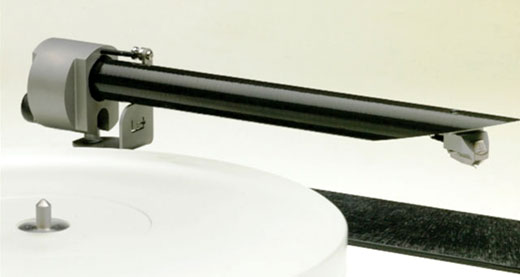


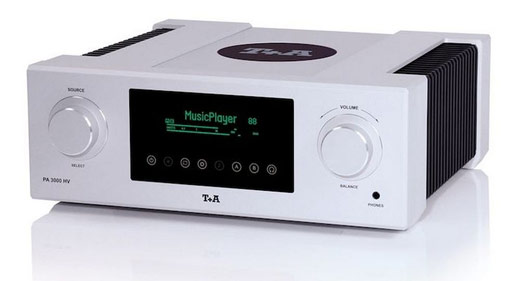
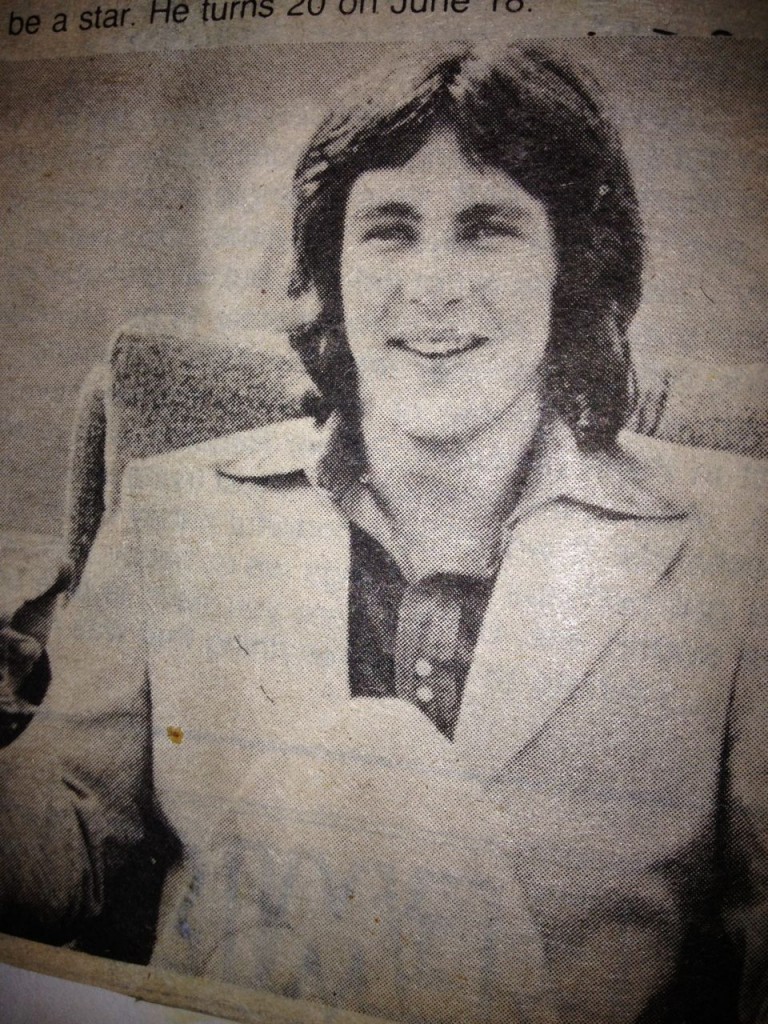
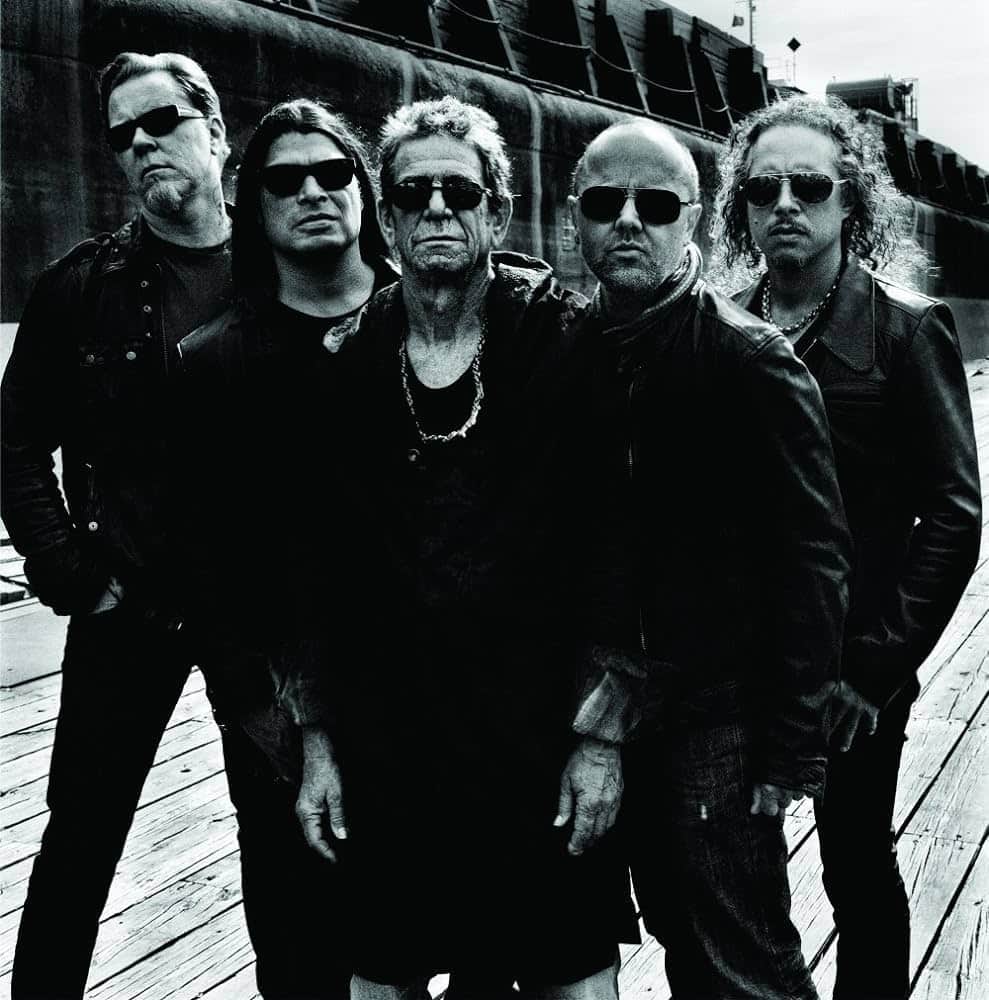
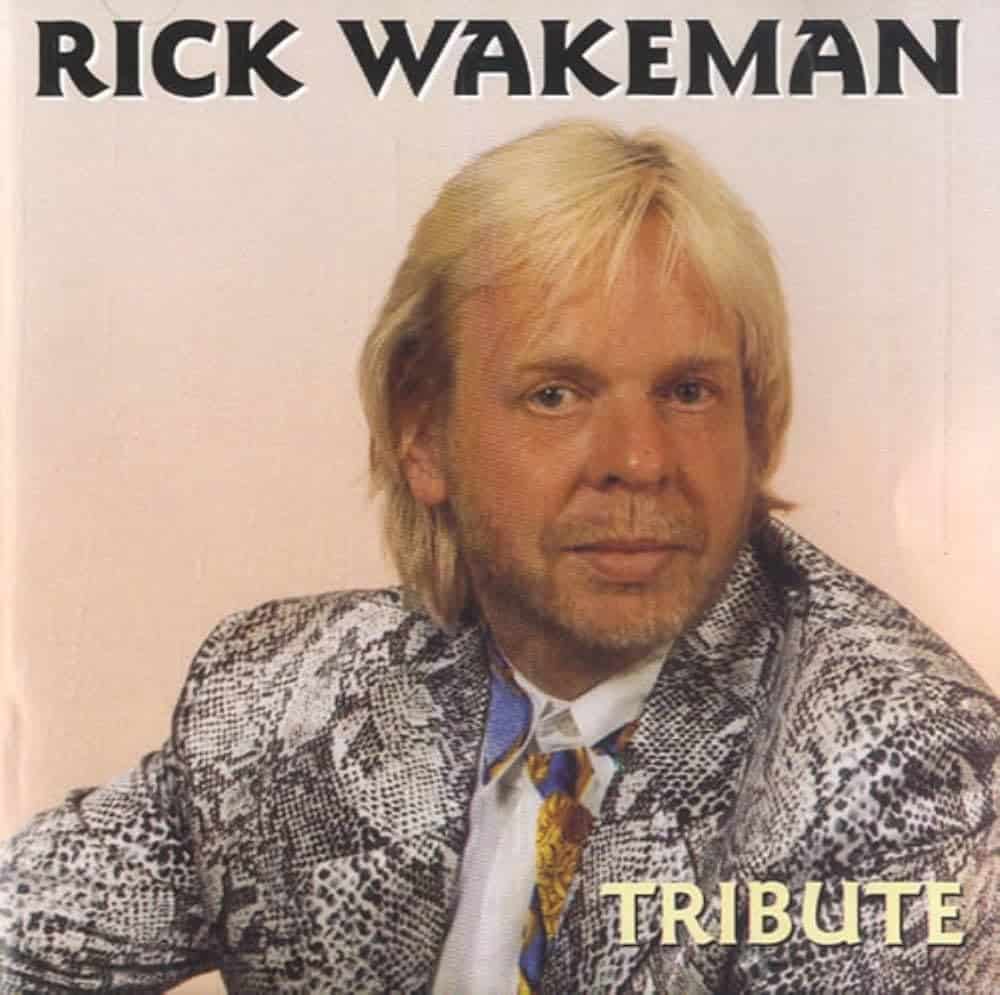
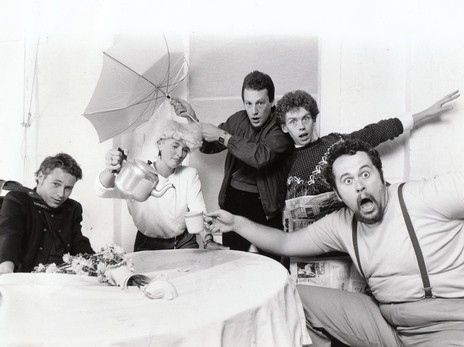

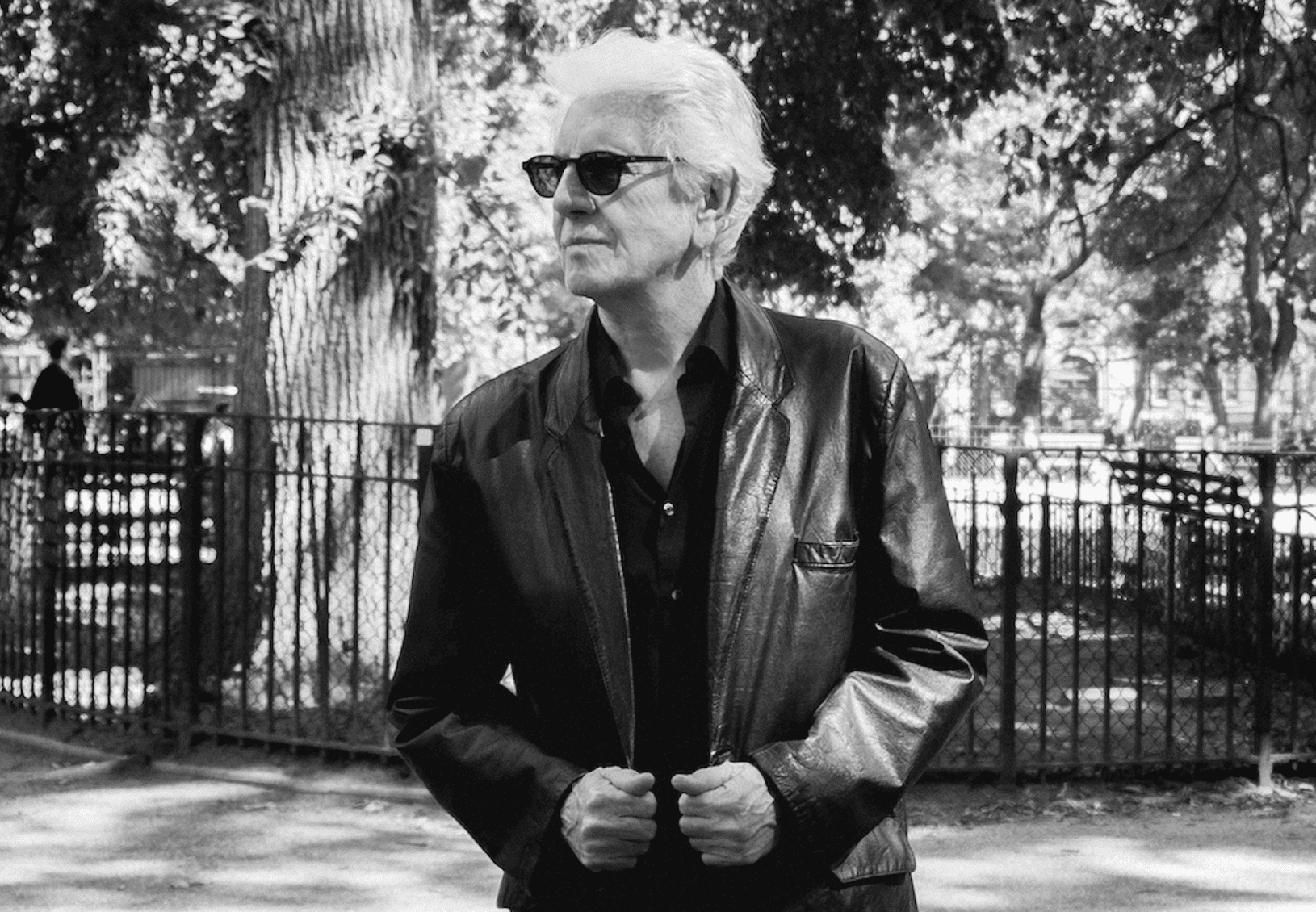

Heroic.
How does this arm compare to your Apparition?
Yeah, I’d also like to know how it compares to the Apparition. They’re so very different in design and materials, yet unipivot and about the same price…
Yes, please do the comparison with the Apparition. Since you were asked to do this 2 years ago but haven’t, I assume that you won’t be. The review is of limited value without such comparisons.
Hi Chris, while I completely disagree with your last sentence, please also consider these points:
1)The review Wand was kindly supplied, along with the turntable to which it was mounted, by Turned On Audio so my time with it was rather limited.
2)The Apparition is no longer in production and hasn’t been for some time – therefore a comparison would be “of limited value”
3)A separate review of the Apparition was on the cards at the time, but it didn’t eventuate, possibly due to the above point.
4)Comparing a 12″ tonearm to a 9″ tonearm would doubtless have all manner of audio trolls coming out of the woodwork…